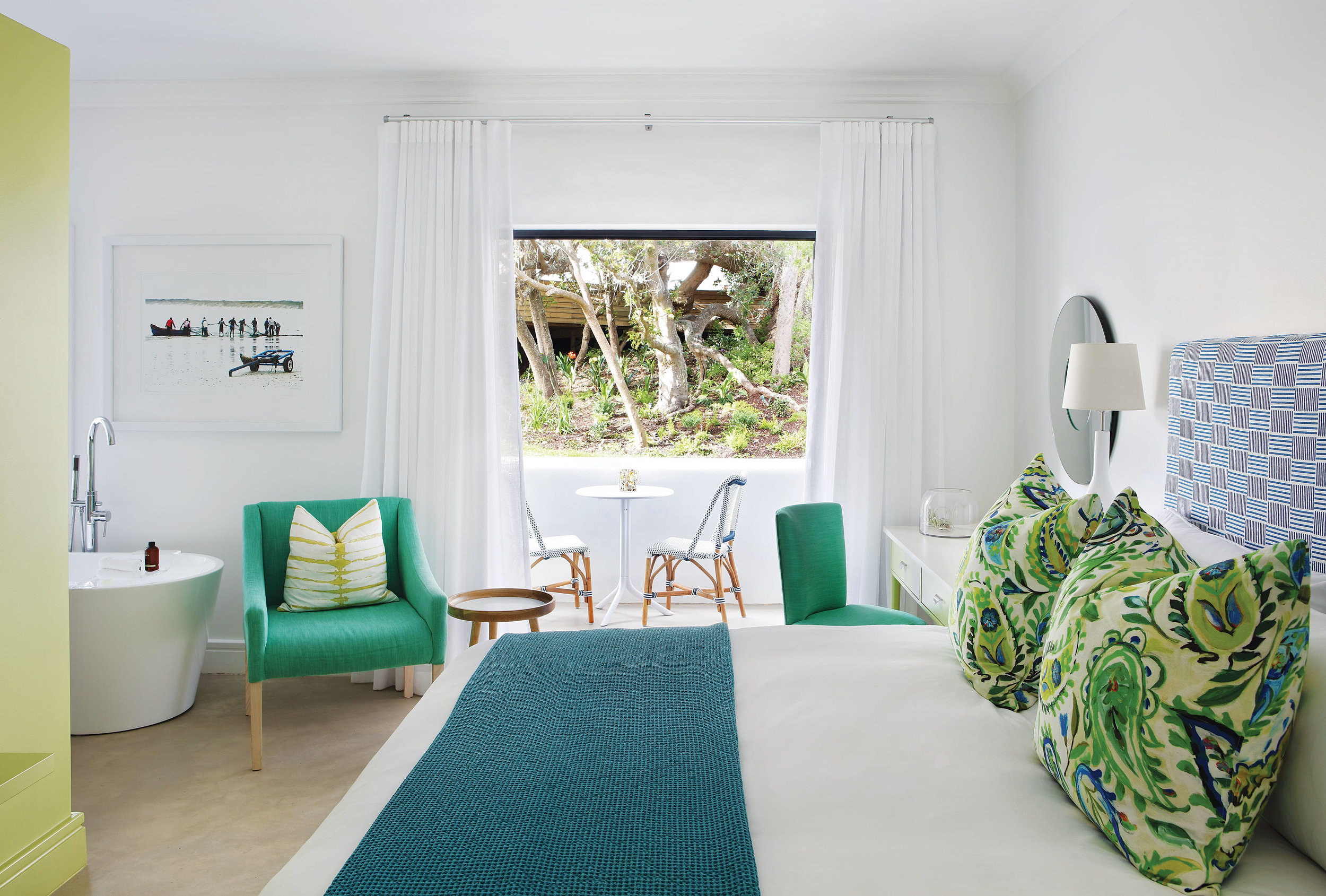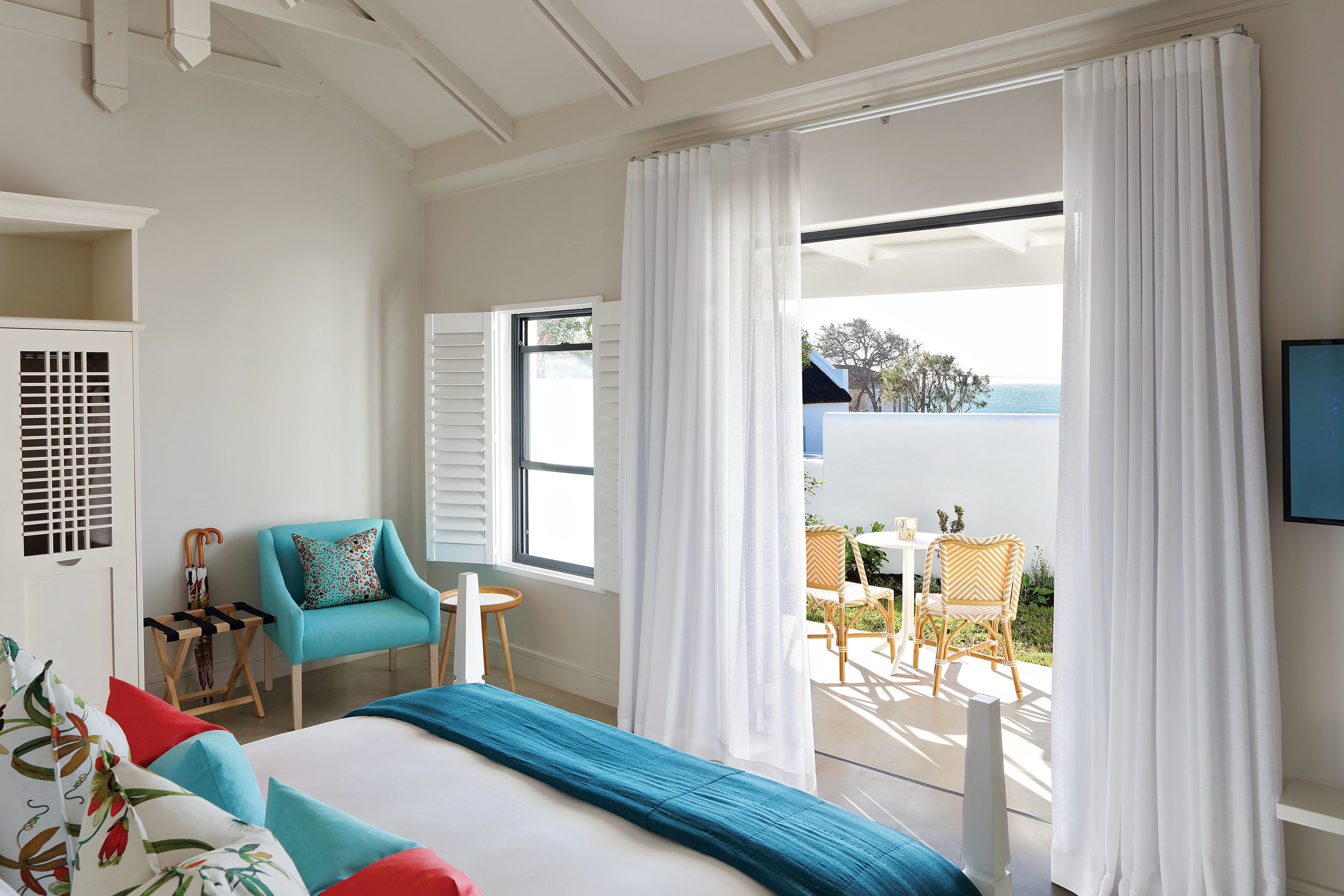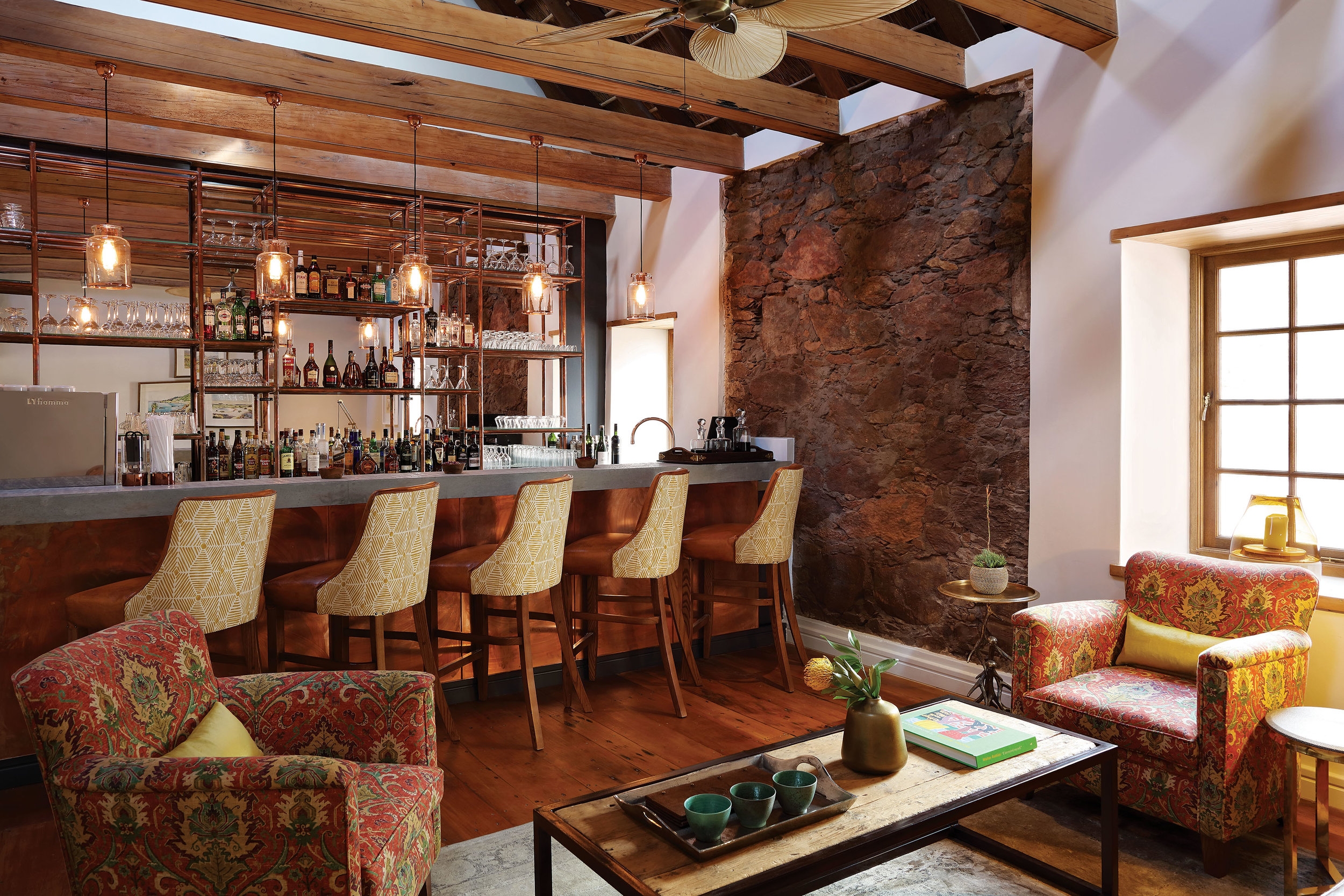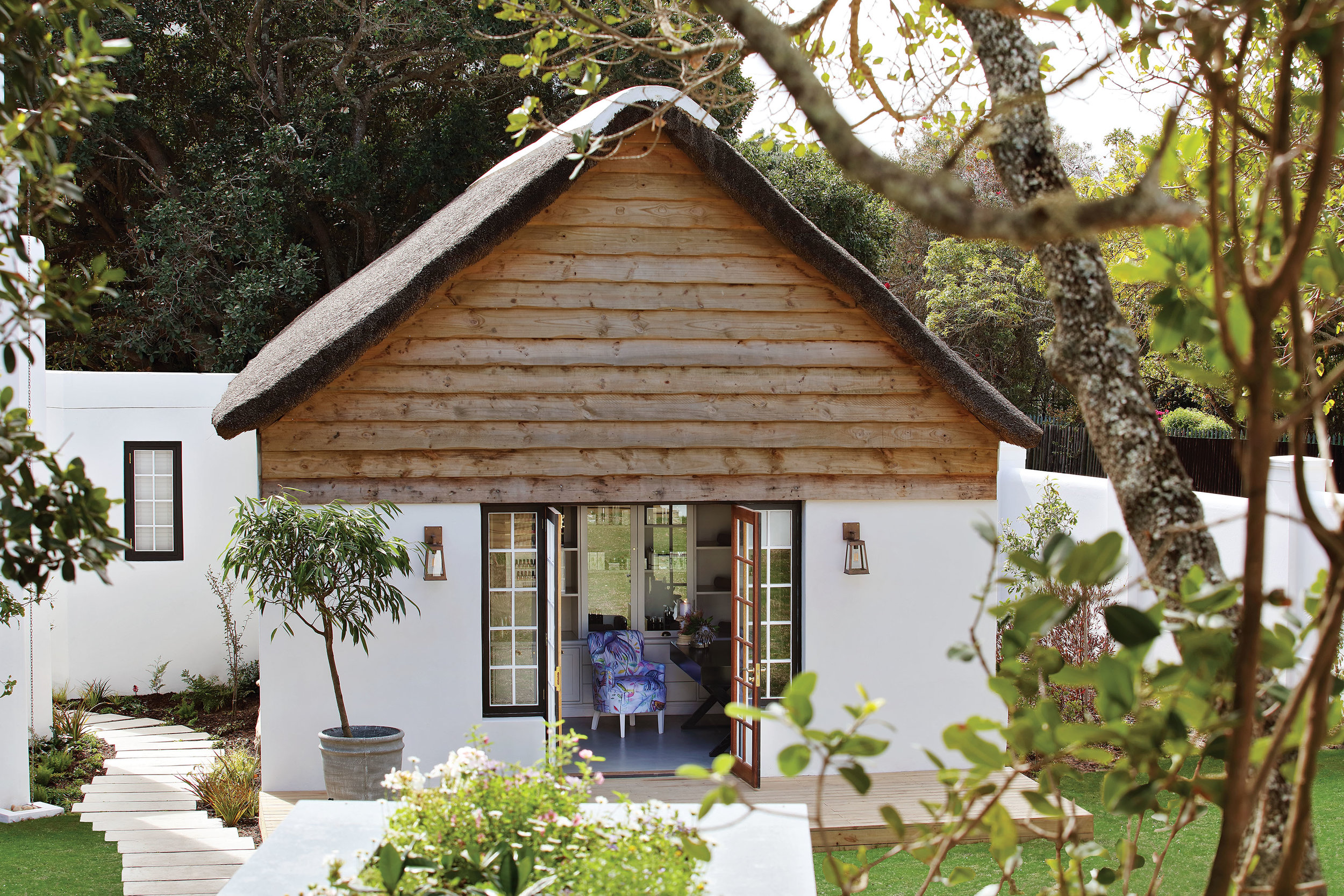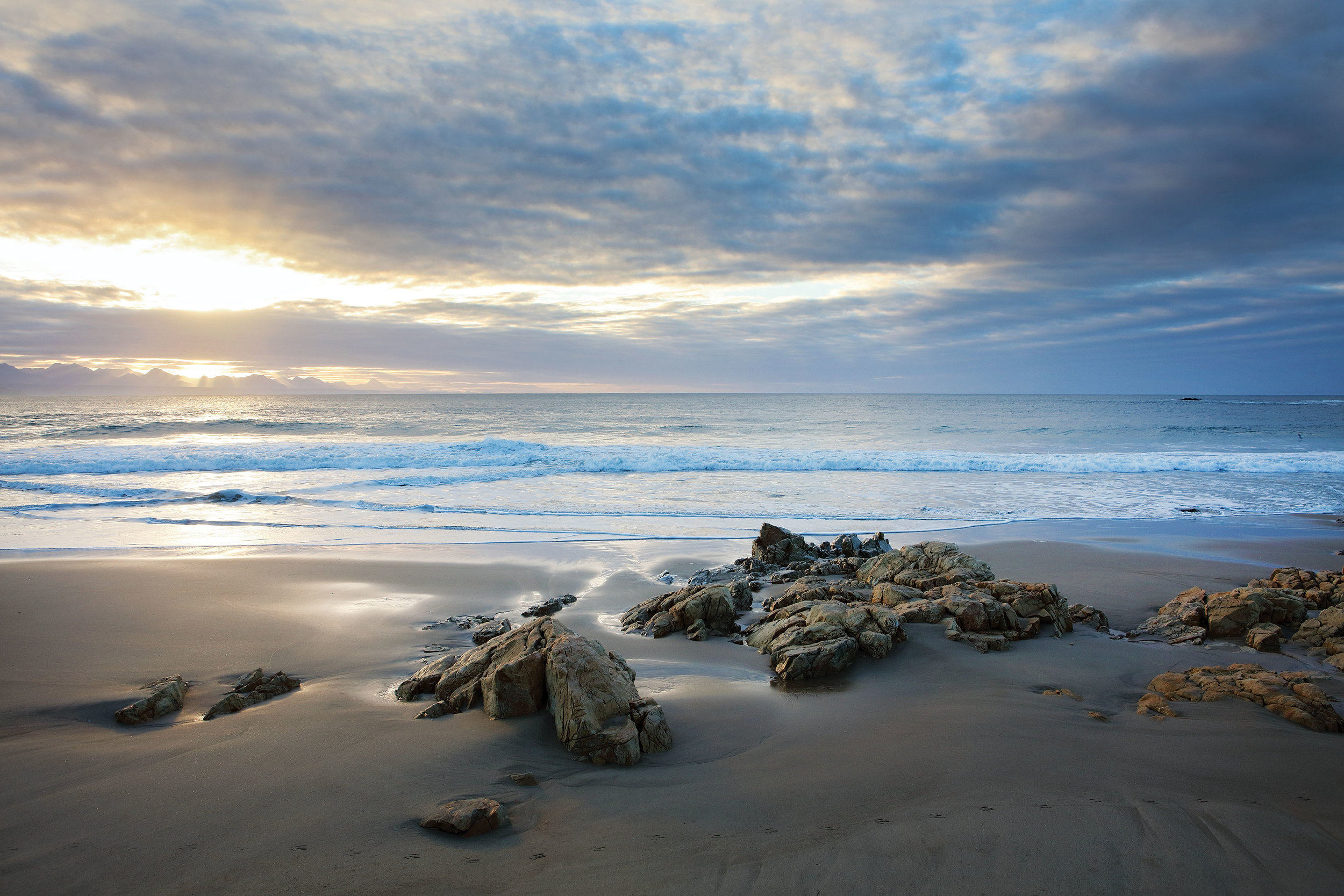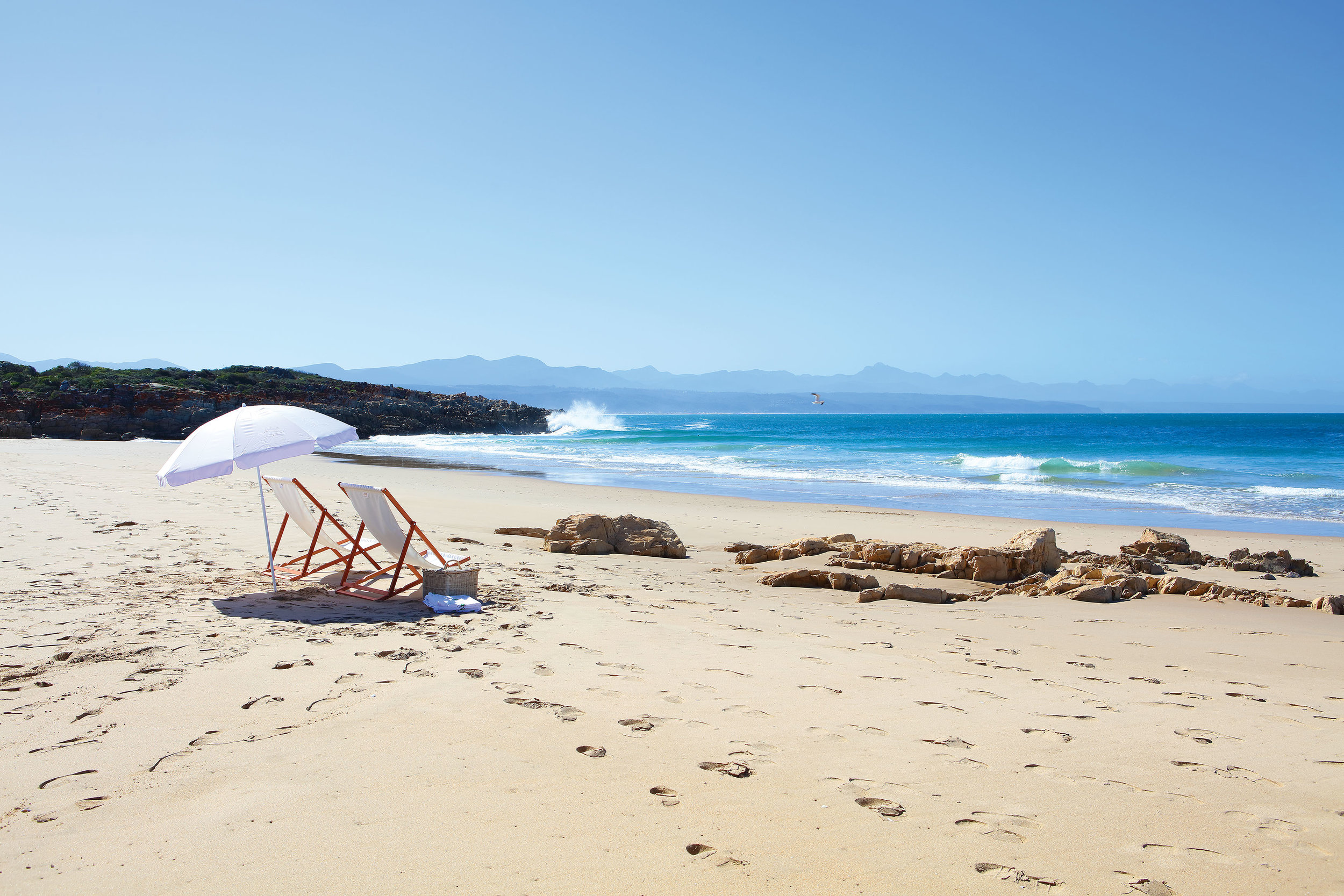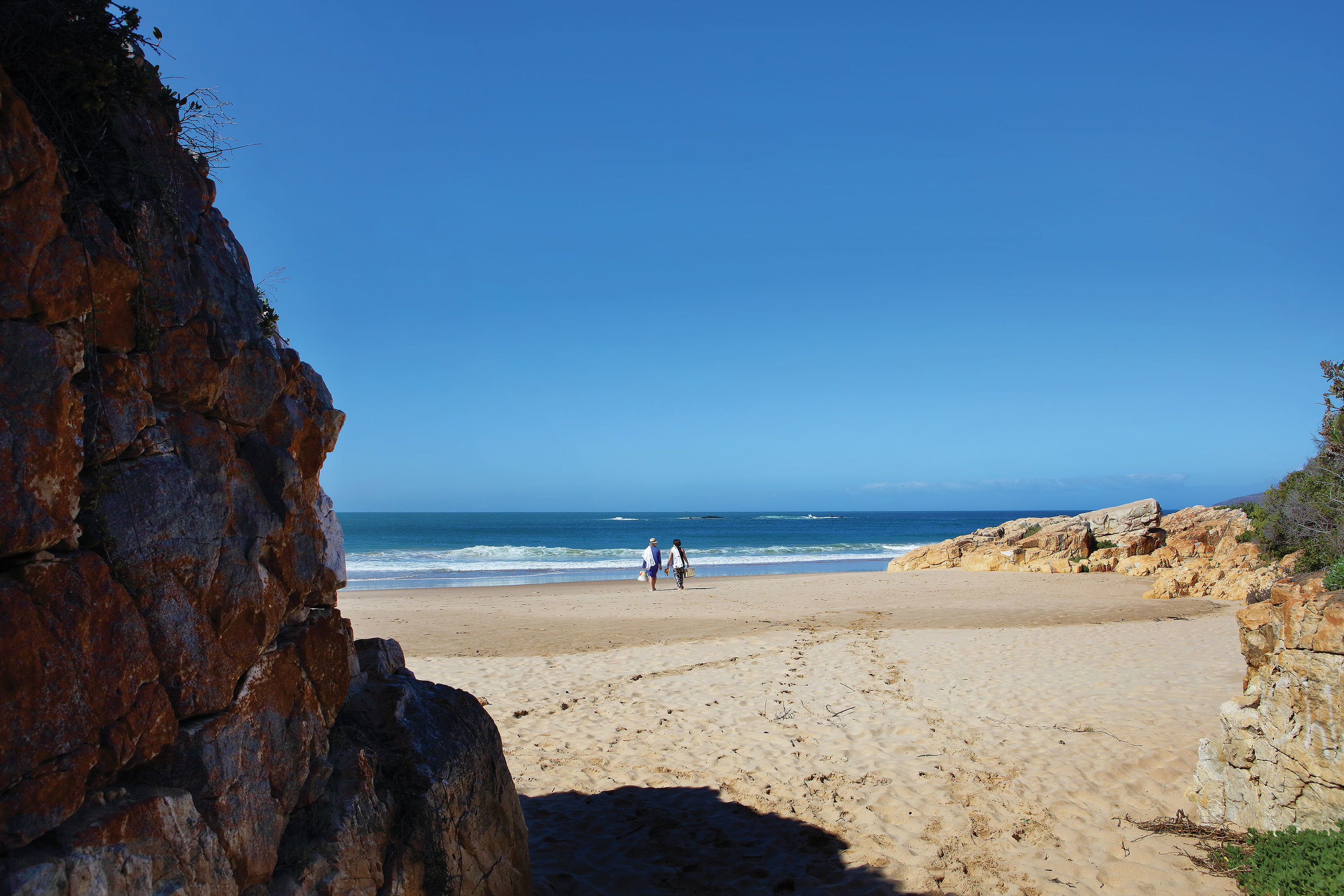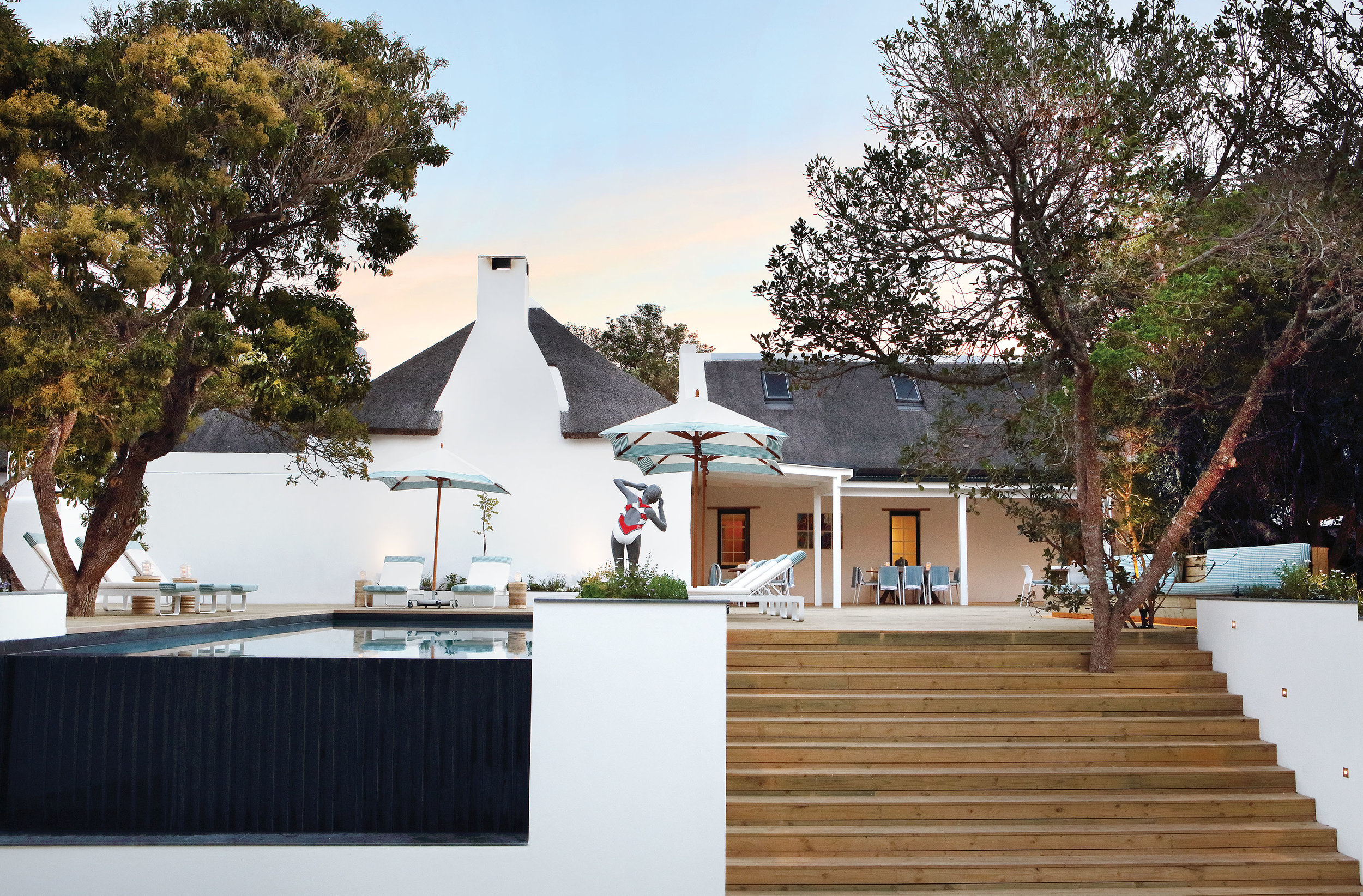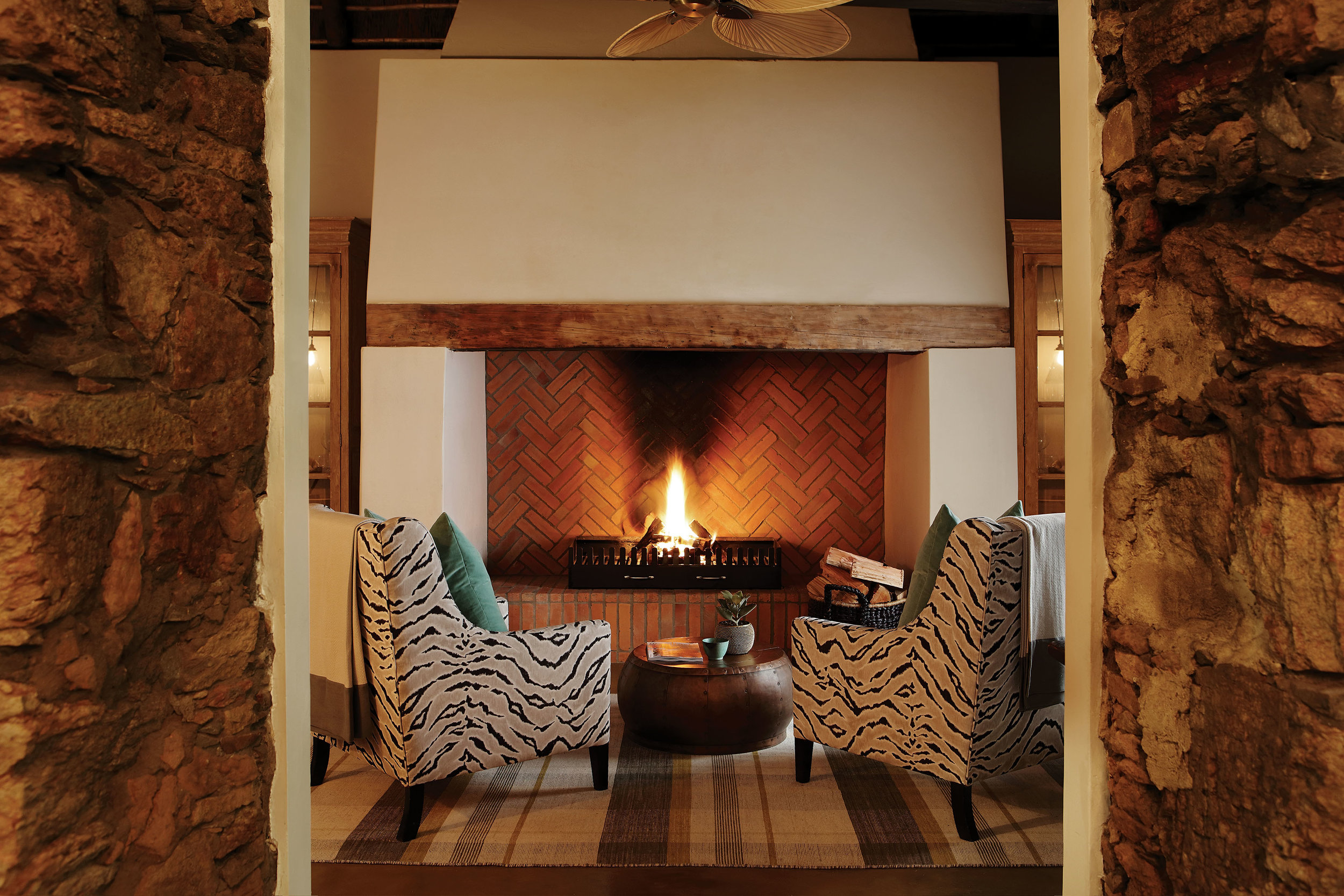We are delighted to welcome The Old Rectory to our Rare Earth Retreats portfolio. Located in the heart of Plettenberg Bay, one of South Africa’s best-loved coastal towns on the Garden Route, The Old Rectory is an immaculately restored national monument, re-imagined into an intimate boutique hotel. Take a quick look inside…
Peaceful, private and personal
With only 18 stylish suites, accommodating up to 36 guests at any one time, The Old Rectory offers guests a quintessential 5-star hotel experience. Each suite has its own design, rich in colour, texture and with all the comforts you need for a perfect stay. Interior designers, Merylle Legh and Helen Wood, used the hotel’s location and history as inspiration while giving the space a modern twist.
We welcome guests of all ages and the rooms have been designed with versatility top of mind; 14 of the rooms are connected by a foyer which can transform two rooms on each floor into a single unit, ideal for families and groups of friends travelling together.
SET THE PACE
Choose to relax poolside, spoil yourself at our spa, sip a G&T on the deck or head to our in-house restaurant where an unforgettable fine dining experience awaits, curated by our talented Head Chef, Kristine Moodie. With plenty to see and do, you don’t need to leave, but close proximity to the town’s attractions makes exploring just as easy.
position, position, position…
Just metres from the beach in a quiet cul-de-sac, The Old Rectory is just a short stroll from many of Plett’s remarkable beaches. If a trip up the Garden Route is on your bucket list, The Old Rectory is a wonderful place to base yourself for a few days and whilst exploring the area, you’ll find a flourishing local wine route, a quaint town and the Robberg Peninsula all on your doorstep.
centuries of heritage
The Old Rectory is Plettenberg Bay’s oldest surviving building, the buildings were constructed in 1777 by the Dutch East India Company to house troops based in Plettenberg Bay. It was later used as a rectory and was occupied by the church for over 70 years. However, over the years, time has taken its toll, leaving it in ruins with only a few walls remaining before restoration started in 2015.
After much research, architects settled on a Cape Dutch silhouette as the starting point of the restoration and in celebration of this historical context original features such as yellowwood floors and trusses, original stone walls and majestic milkwood trees have been interwoven in the design to preserve the building’s charm.







